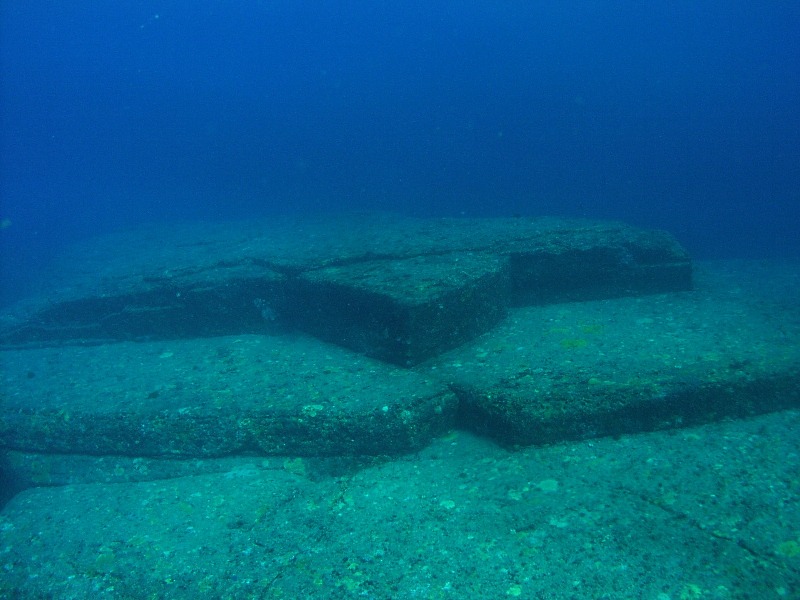
Of all ancient myths, Atlantis is one of the most enduring. The idea of a sunken city, its forgotten knowledge and treasures just waiting to be discovered, has lost none of its appeal in the two thousand years since the Greek philosopher Plato first told the story.
But what really lies beneath the waves? I've written a feature article for New Scientist looking at some of the world's most interesting underwater towns and cities - it's published this week and you can read it here. From mysterious stone circles to ancient royal palaces, it turns out that submerged sites are yielding insights - and treasures - that rival anything to be found on land. And as today's coastal cities struggle with earthquakes, sea level rise and land erosion, these drowned settlements tell a sobering story of past communities who lost the same fight.
The sites I've looked at include Pavlopetri - a Greek town dating from the time of Homer's epics - and Abu Qir Bay, the gateway to ancient Egypt. Then there's Port Royal in the Caribbean, the "wickedest city on Earth" until an earthquake sank it in 1692, and Dunwich, once one of the largest cities in England, before it succumbed to the waves of the North Sea. Israel's Atlit-Yam reveals an incredibly detailed picture of life 9000 years ago, while the towering stone steps of Yonaguni in Japan (pictured) have sparked stories of a mysterious ancient civilisation, even though they were probably formed by natural causes. Finally, of course, there's Atlantis itself. I was once asked by a caller on a talk radio show whether the technology of the Antikythera mechanism might have originated in Atlantis. Makes a change from blaming it on aliens I suppose...
Unfortunately the online version of the New Scientist article doesn't have any photos, but click on these links for more information, including pictures, on Abu Qir Bay, Dunwich, Port Royal and Yonaguni.